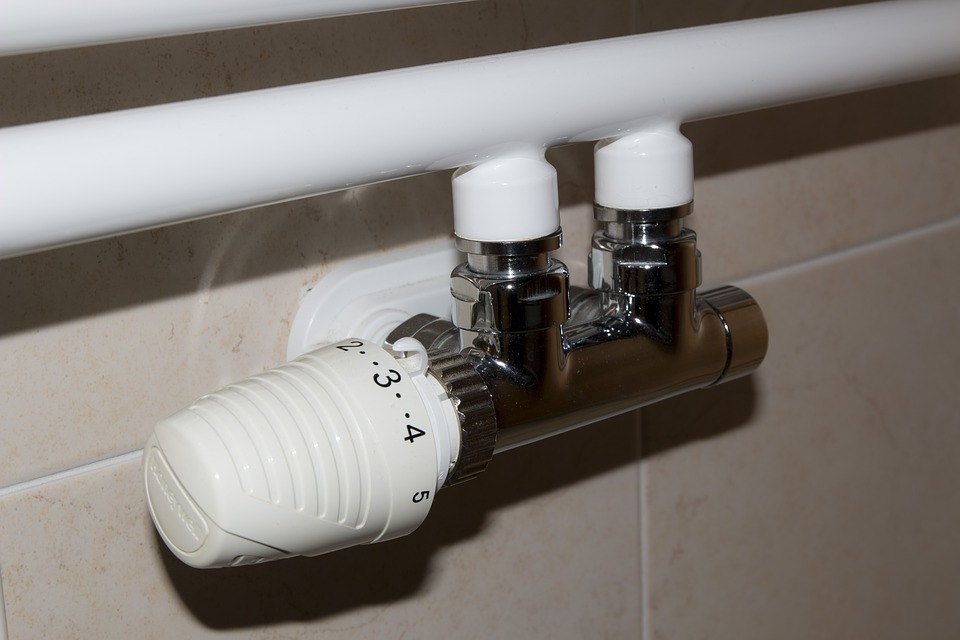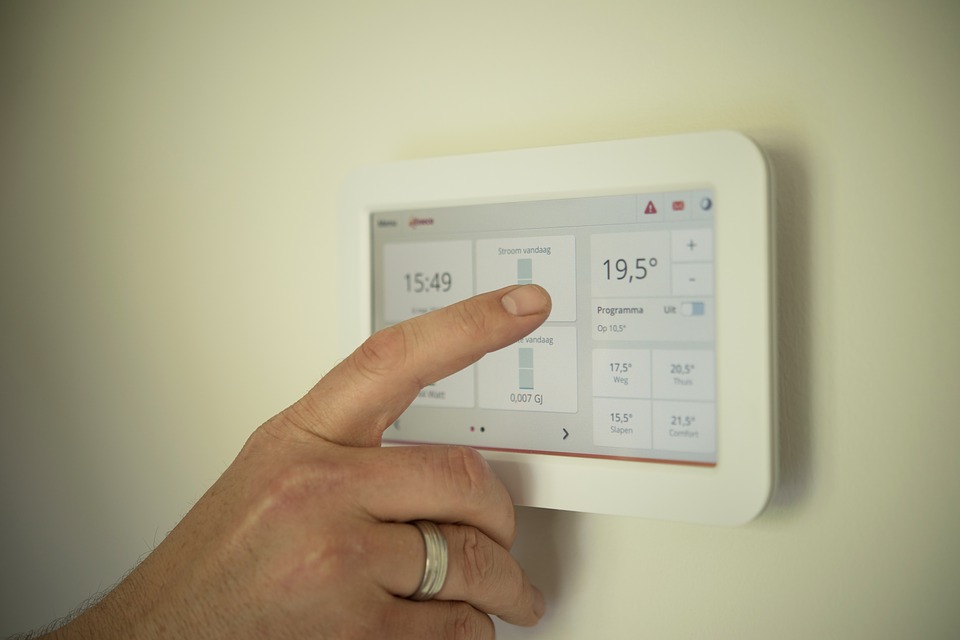 Your heating and cooling system require a lot of attention, which isn’t the case with other types of appliances. There are a few maintenance tasks you’ll want to perform if you want to keep your system running at peak performance. However, there are some tasks that an expert should only perform. It’s good to know what tasks you should do and when to do them because this is how you’ll extend your system’s life, conserve energy and prevent smaller problems from becoming bigger problems.
Your heating and cooling system require a lot of attention, which isn’t the case with other types of appliances. There are a few maintenance tasks you’ll want to perform if you want to keep your system running at peak performance. However, there are some tasks that an expert should only perform. It’s good to know what tasks you should do and when to do them because this is how you’ll extend your system’s life, conserve energy and prevent smaller problems from becoming bigger problems.
Let’s face it, HVAC systems have a habit of breaking down at the least desirable times. Download this checklist today and you’ll be on your way to ensuring your HVAC system runs at its highest efficiency.
Maintenance Checklist
1. Landscaping-
Have a look at the outside units and if there is grass covering it or debris on it or around it, then remove them. Trim down trees, plants, and shrubs too. If pine needles and leaves fall onto the unit, then remove them. Besides that, keep items away from the units, and these items include garden supplies, bicycles, and toys, to name a few.
2. Visual Inspection-
Inspect your system regularly. Doing this will help you discover issues that an expert should take care of. This includes dirty condenser coils or a dirty evaporator, frozen coils, water leaks, and so forth. Also, if you hear strange noises or vibrations, then call an expert right away.
3. Change Filters-
Change the air filters to your air conditioning unit. Do this at least once every 12 weeks, as this will ensure maximum airflow. If you have the instructions that came with your system, then refer to it to find out how often it recommends changing the filters. Bear in mind that when heat weaves strike or cold snaps, then your HVAC equipment is subjected to a lot of punishment. This is why you should change the filters more frequently. When cold snaps or heat waves occur, then consider changing the filters once per month.
4. The Thermostat-
Adjusting your thermostat when the temperatures changes is a good idea. This will prevent your HVAC system from becoming overloaded. Set the temperature to a number that isn’t hotter or colder than room temperature or than conditions outside. If you’re not sure how to adjust or program your thermostat, then don’t worry. Simply give a professional a call, and they’ll do it for you, or they’ll guide you through the process of how to do it.
5. Electrical Connections-
When connections are disconnected, broken or loose, then your system’s safety can become compromised. Call an HVAC company if you cannot easily plug a loose connection into its proper spot.
Fall & Winter Maintenance Tips
1. Professional Maintenance-
When Autumn arrives, call an expert to perform a thorough inspection and annual maintenance. The expert will check various components of your system, and this includes electrical connections, fuel lines, and the condensate drain, to name a few.
2. Carbon Monoxide Detector-
A lot of people use natural gas for their system. If you do, then make sure your carbon monoxide detector has new batteries. Test it out too because you want to make sure it is working properly. In general, replace your carbon monoxide detector every 4-5 years.
3. The Furnace-
In the fall, you should turn the water supply on. The humidifier wick should be replaced too.
4. Ice-
If ice has accumulated on your HVAC equipment, then call an expert because sheets or blocks of ice can be difficult to remove. If it’s only small amounts of ice, then go ahead and remove it. As for snow, dust it off if it has accumulated on your equipment.
Spring & Summer Maintenance Tips
1. Professional Cooling System Maintenance-
Before the warmer weather arrives in the spring, let an HVAC company send out a professional to inspect your AC. They will check lines, connections, coils, and more. They will also clean any components that are dirty, and they will lucubrate any moving parts.
2. Inspect Refrigerant Lines-
There are copper lines that connect into the condenser, and you want to locate those lines. Also, there’s a larger line you’ll want to locate. If the larger line doesn’t have to feel cold when you touch it, then you’ll want to have an expert look at it right away. This could be a sign that the refrigerant levels are low.
3. The Furnace-
The furnace has a water supply, but you want to turn it off in the spring.
The truth is that HVAC problems seem to arise at the most inconvenient times. As long as you performer regular maintenance on your system, then you can prevent many potential problems. Just make sure you don’t get too carried away with DIY work on your system. If you run into an issue you’re totally clueless about, then contact an expert right away.
 A proper understanding of the moment when your furnace reaches the end of its lifespan can be complicated. On the other hand, the last thing you need is to discover this surprise in the middle of the winter, right when you need to keep your house warm. Once a furnace reaches ten years, or more, you should monitor it often to evaluate if your furnace is about to break and you need a new one.
A proper understanding of the moment when your furnace reaches the end of its lifespan can be complicated. On the other hand, the last thing you need is to discover this surprise in the middle of the winter, right when you need to keep your house warm. Once a furnace reaches ten years, or more, you should monitor it often to evaluate if your furnace is about to break and you need a new one.